(8h-22h to T2-T7; 18h Sunday)

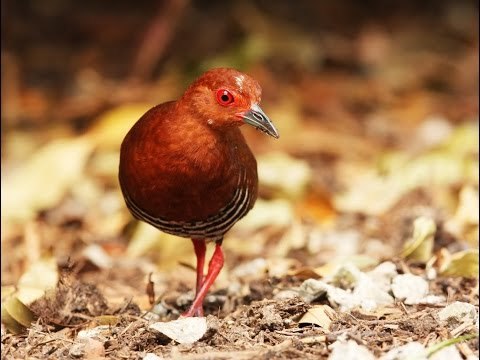
Ruddy breasted crake belongs to the waterfowl family, body size 27 cm, weight 0.3-0.5 kg, easily identifiable by body color: reddish brown, red eyes, red legs with black stripes below breast. They live in swamps, fields, ponds, lakes, rivers and streams... They lay 3 - 6 eggs, live in pairs during the mating season. This bird is very sensitive to sound, as long as it hears the call in the area where they live, it will immediately find it.
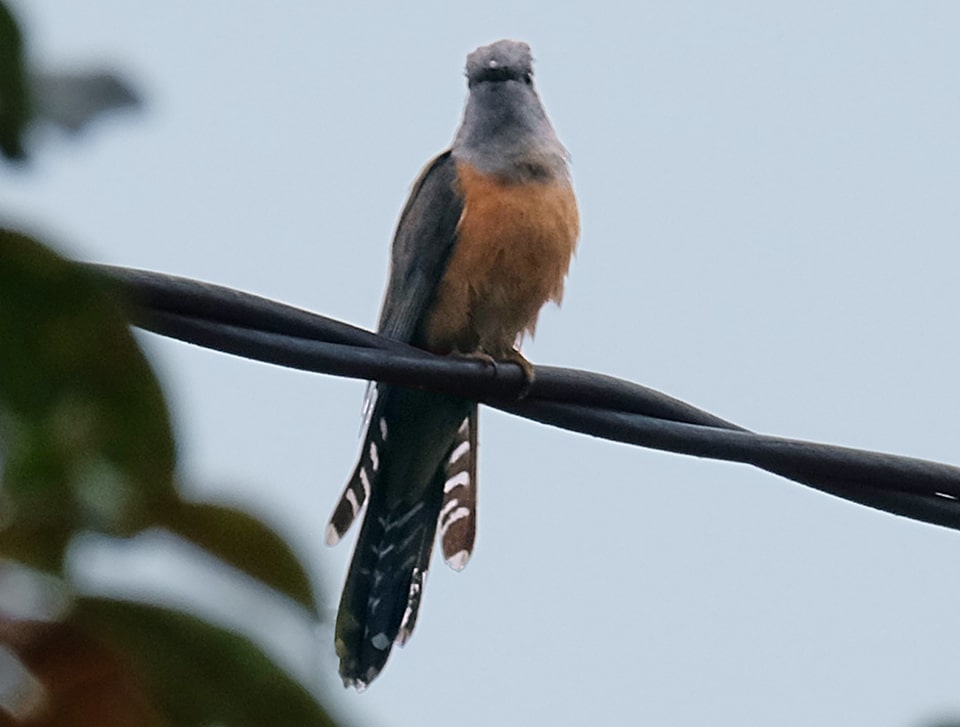
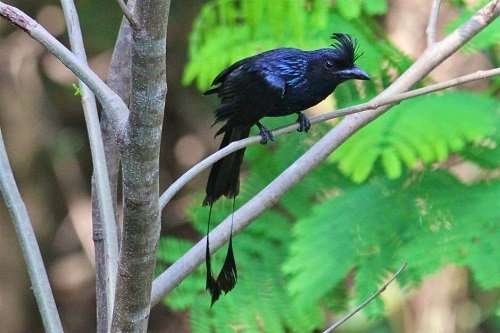
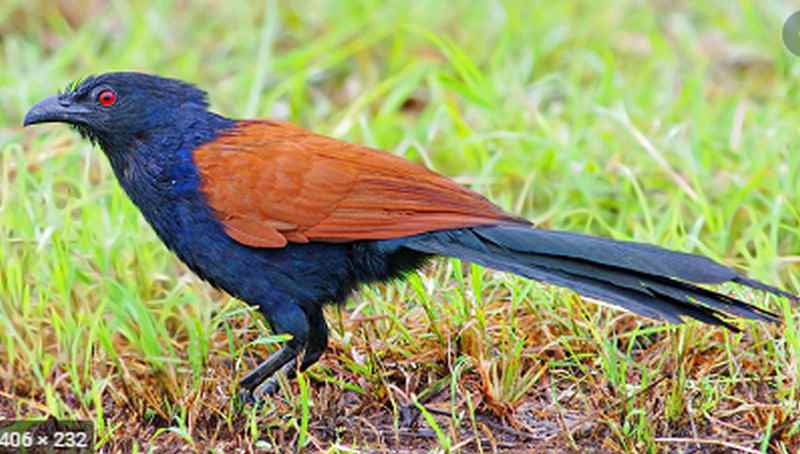
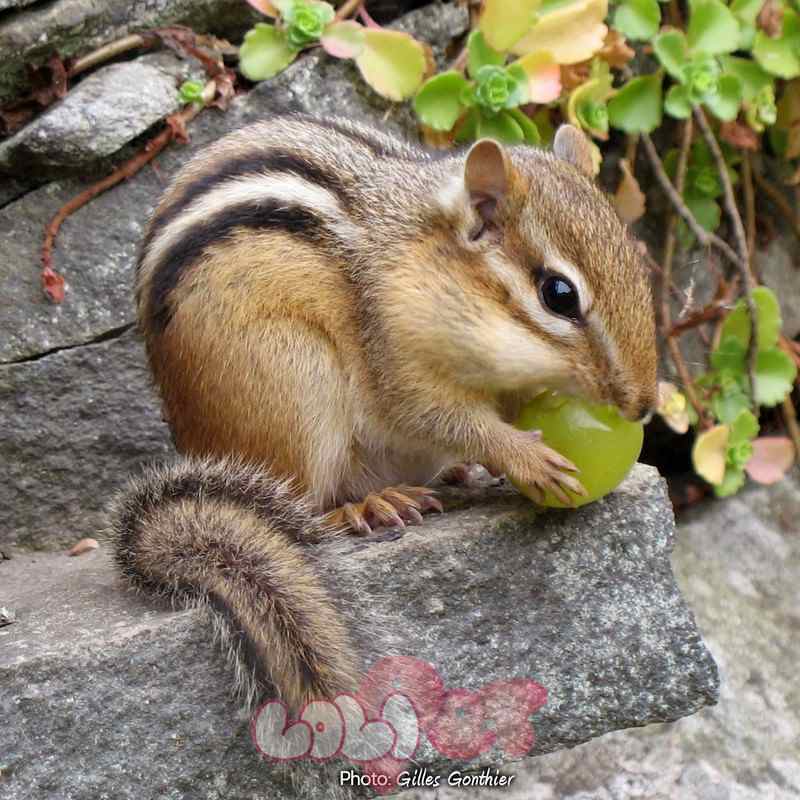
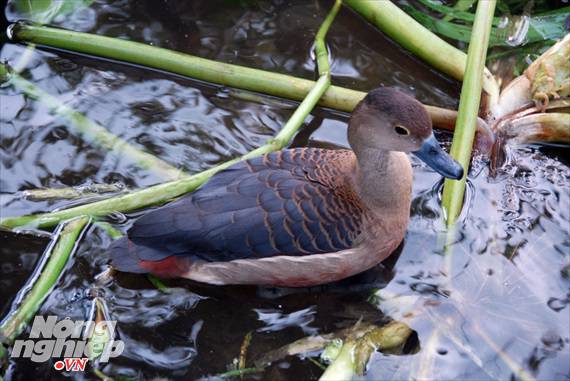
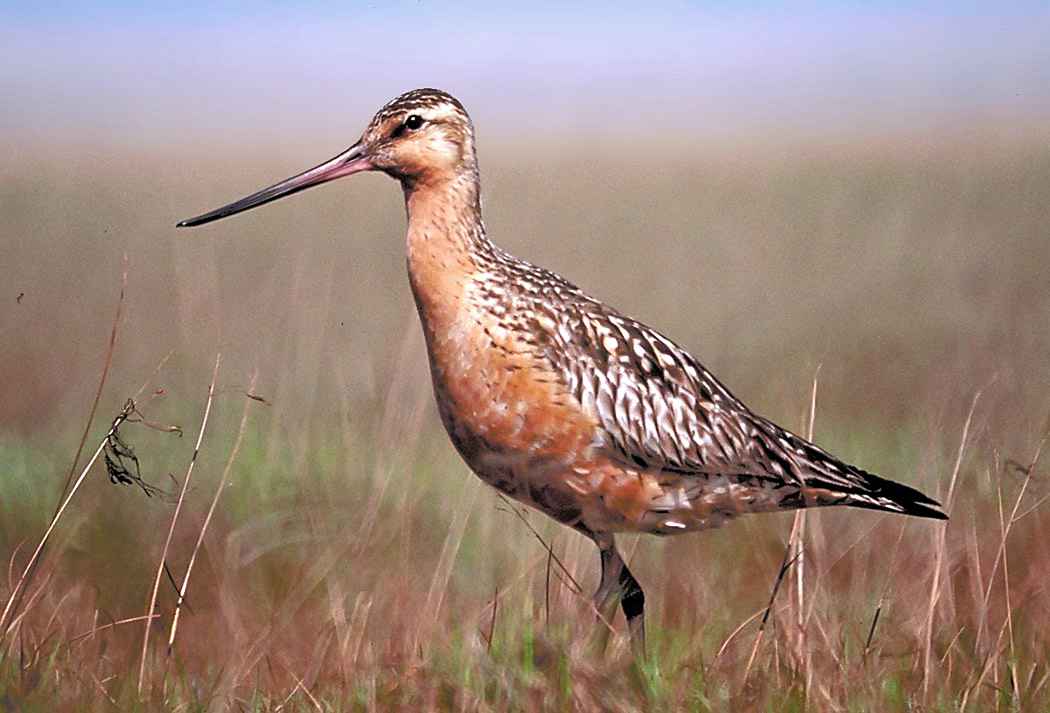
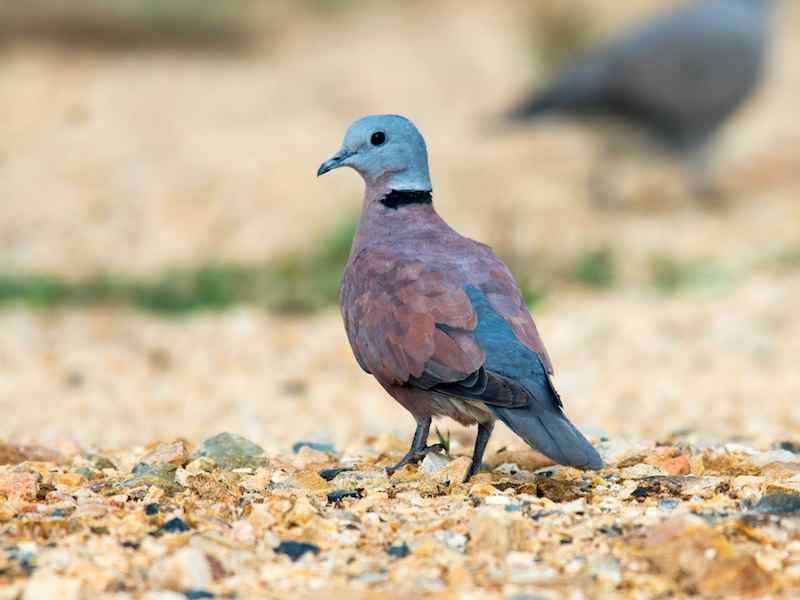
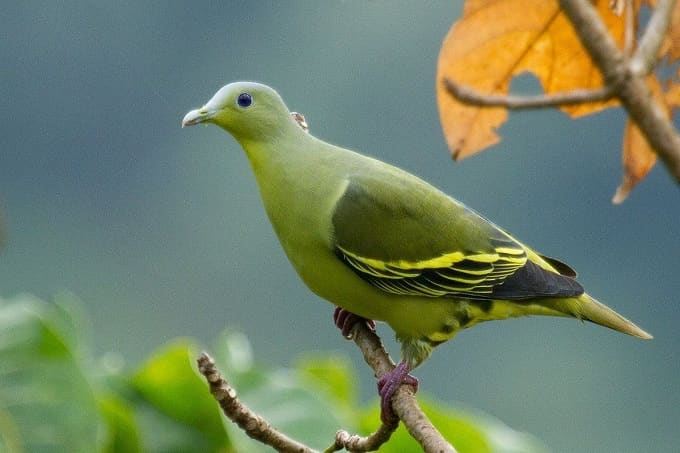
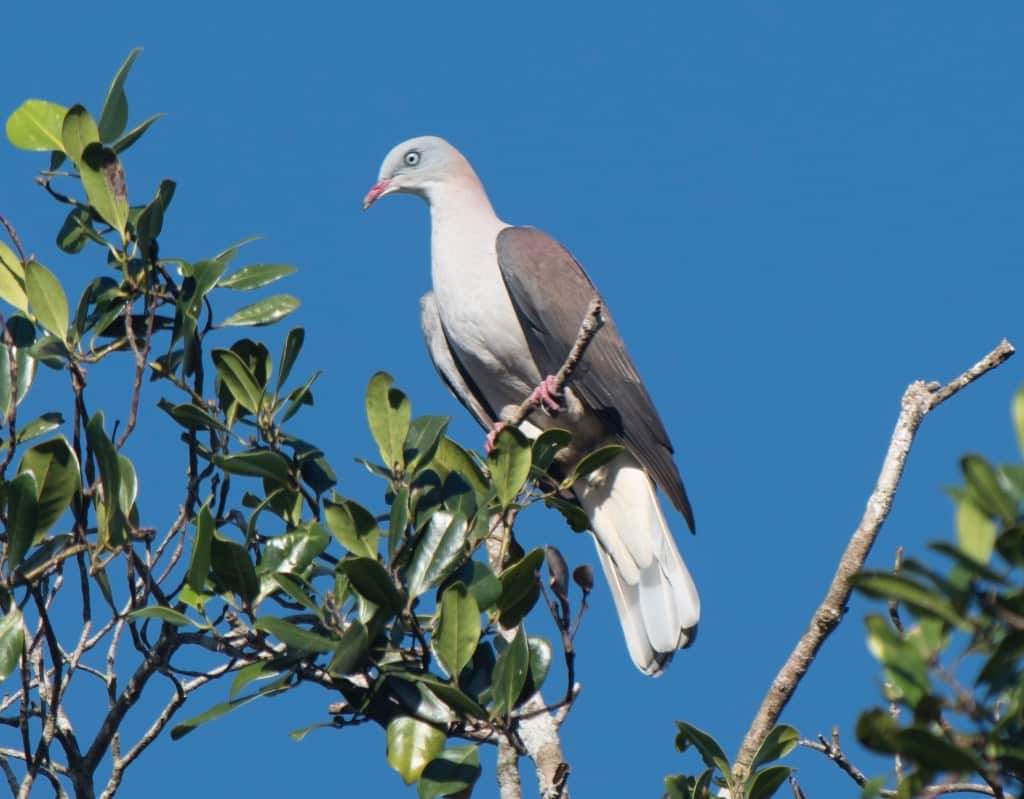
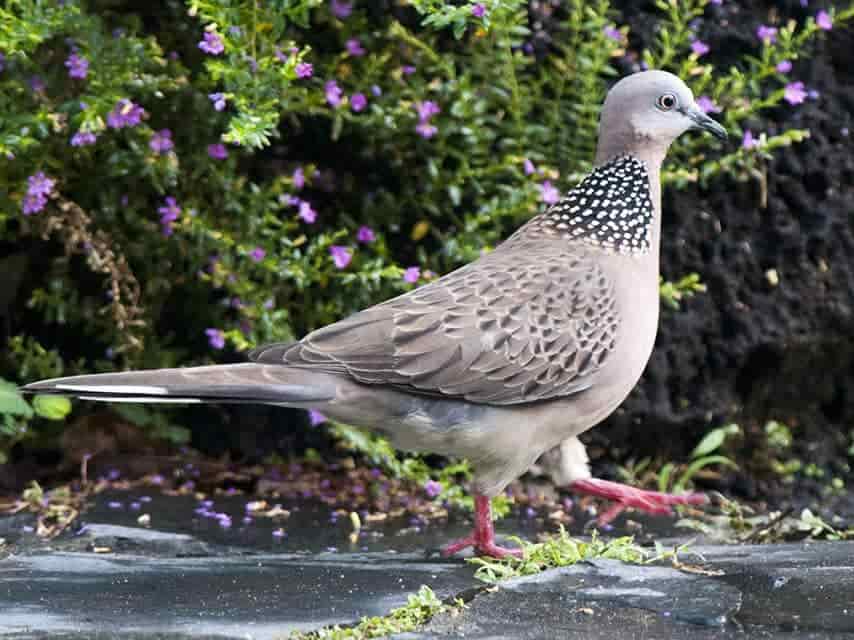

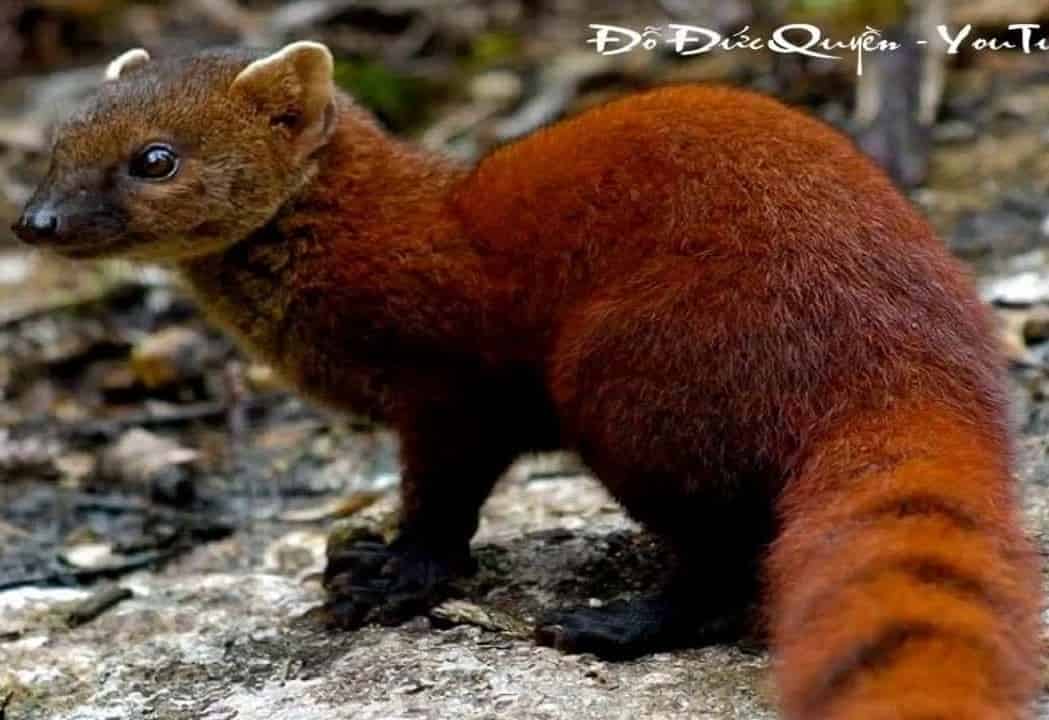
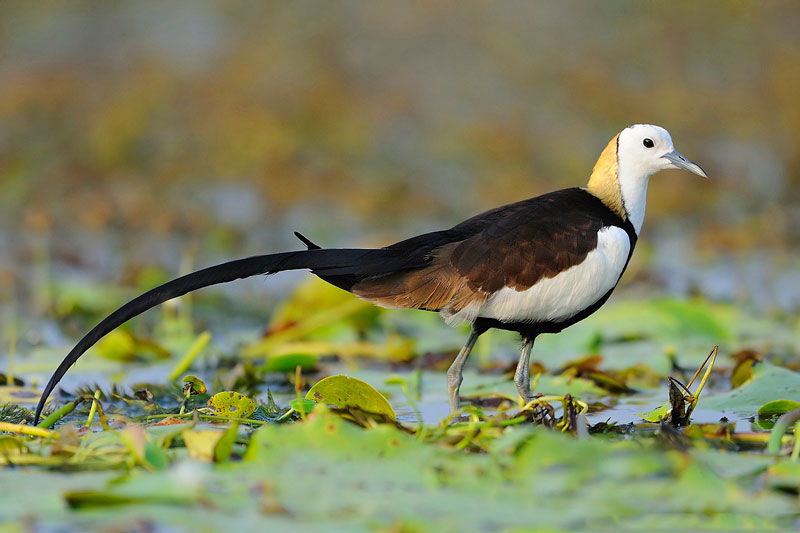
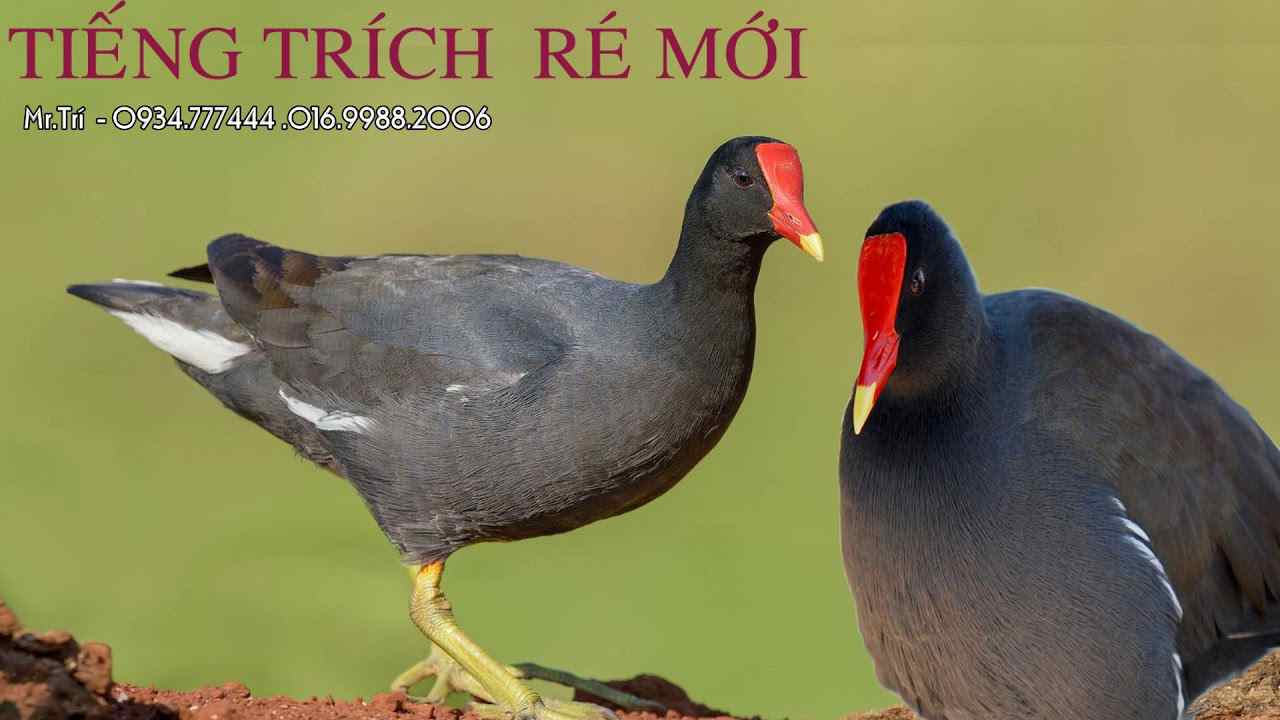

Are you looking for the sound of Junglefowl to return to the jungle fowl or to trap wild fowl? Well if you are looking for the Junglefowl mp3 file, please download this file to try it out, this file has been processed to remove noise and play it to hear the sound is very realistic and easy to fool the chickens, wish you be successful.
Spotted dove has a body size of 30 cm. Has a black neck with white dots. The feathers on the outside of the tail are white streaks that show up when flying. (Especially when flying to the ground) When startled, fly up and hear the flapping of wings very clearly. Usually forages on the ground Goes alone, in pairs or in groups. Young birds have a duller gray color. They feed mainly on crops such as rice, grass, corn kernels, beans, millet... They nest on low-leaved branches that are not too tall. The nest is simply formed from dry grass, laying 2 eggs twice a year.
Bats are nocturnal animals and have a very good ability to fly in the air, they eat mainly zooplankton such as flies, mosquitoes, cows... There are also some species of bats also eat fruit. But most cashew bats have very picky vision and can't see things clearly. However, they can fly in the dark and hunt skillfully thanks to their hearing and acoustics.
Mountain imperial pigeon belongs to the pigeon family. But having a larger body size Their call is like that of a pigeon. Easily recognizable, brown back, white belly and tail. Red legs, red bill, brown wings. This bird is found at an altitude of about 1100m, lives on high trees in the jungle.. They are birds, eat fruits and eat animals.
Common moorhen Belonging to the waterfowl family, the body is 33cm in size, weighing from 0.4 - 0.6kg for an adult bird. Identification: White stripes on the hips and white under the tail. Swim along the water's edge in search of food. The chicks will be darker brown. Habitat: Freshwater wetlands such as swamps, lakes, grasslands, and rice fields. This bird usually nests in grasslands, bushes, dense reeds… they can lay 4-13 eggs. This bird usually lives in flocks with up to 12 individuals.
Yellow bittern juvenile is also known as stork gong, stork ma and in some places called stork stork. With a fairly small body and with fiery red fur or some are reddish brown and mixed with a little gray. This bird usually lives in fields where insects and shrimp live. They often nest on reeds, reeds, pineapple thorn bushes.... Laying about 4-6 eggs. Eggs are white and egg whites are usually pale green and very fishy.
The file is processed to remove noise suitable for training the national birds to practice and practice their voices, in addition, it can be used to effectively activate the national bird.
Yellow mongoose can be easily identified by its brown color, small black dots scattered all over the body. The large ones weigh from 0.4 - 1.2kg, the habitat is dense grasslands, shrubs, dense forests with many trees. They live in clay burrows like mice. Food contains both plants and animals. Like cassava tubers, potatoes, cassava, corn ... and small insects.
Slaty breasted rail is a medium-sized ground-dwelling waterfowl. Head drooping and upper body with thin white stripes, gray chest, young birds are grayer with light brown chest and upper body faintly streaked. . Habitat: wetlands, mangroves and rice fields. They nest in the grass, lay 3-8 eggs, found at an altitude of about 1,200 m Food: It eats small invertebrates such as earthworms, crickets, ant eggs... Also eats fish , shrimp, frogs...
This species Green pigeon belongs to the cuckoo family. Easily identifiable with green hindquarters, green wings with brown and white borders. Light blue belly Red legs, silvery white beak. Red-necked They are fruit and seed-eating birds. Lives in the forest on high branches, lays 2-6 eggs, lives in herds, herds.
